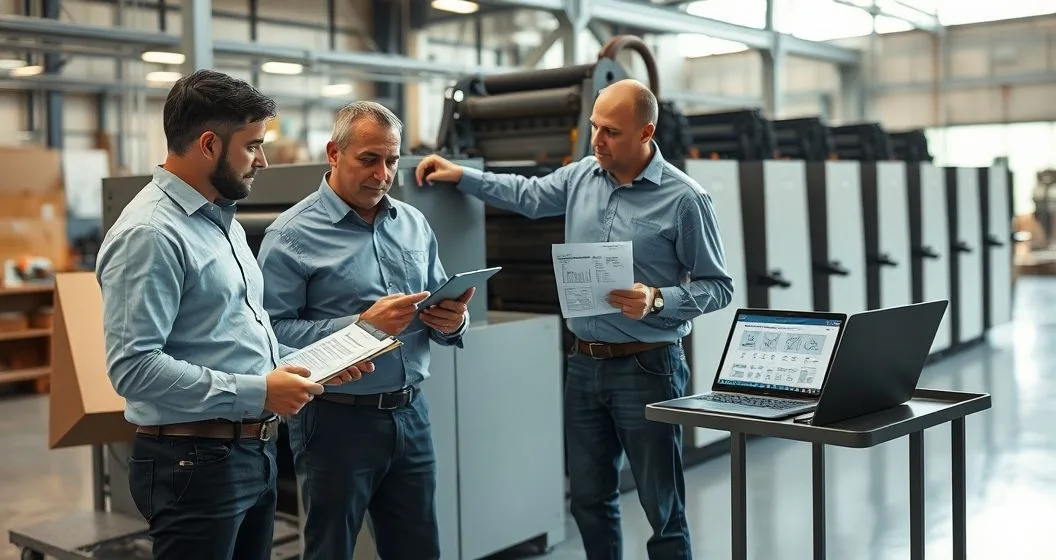Why this matters
Lenders use collateral valuation to limit loss if a borrower defaults. For specialty equipment—think MRI machines, excavators, CNC presses—value depends not just on age but on serviceability, market demand, and how easy the lender can repossess and resell the asset.
Typical steps lenders follow
- Ownership & title check: Lenders confirm you can grant a security interest. Leased or third-party-owned equipment usually can’t be used as collateral unless the lessor consents. (See SBA guidance for documentation expectations: https://www.sba.gov)
- Physical inspection: Lenders or appraisers inspect condition, hours/usage, maintenance records, and any modifications that affect value.
- Market comparables and demand: Underwriters compare recent sale prices and resale channels for that make/model. Specialty demand (e.g., medical imaging vs. generic construction gear) changes recovery assumptions.
- Depreciation and useful life: Lenders apply industry depreciation schedules and adjust for wear, obsolescence, and remaining useful life.
- Loan-to-value / haircut: Based on the above, lenders set an LTV or apply a collateral haircut (often 50–80% of appraised value depending on liquidity).
- Legal perfection: Lenders typically file a UCC-1 financing statement to perfect their security interest and check for prior liens.[See Security Interests and lien perfection — internal resources.]
- Insurance & warranties: Requirement for all-risk insurance naming the lender as loss payee; service contracts can improve value.
How valuation affects your loan terms
- Higher assessed value → larger principal and possibly lower rates. A strong, liquid market for the asset reduces the lender’s haircut.
- Poor condition, obsolete tech, or unclear title → smaller loan amount, higher pricing, or additional covenants like shorter terms or personal guarantees.
Real-world examples (from practice)
- Construction excavator: A lender valued a used excavator by hours, recent comparable sales, and a dealer buyback estimate; the loan advanced about 65% of that adjusted value.
- MRI machine: For a medical practice, a certified appraisal that highlighted service history and high local demand helped move pricing closer to prime commercial rates.
Practical checklist to improve collateral value
- Obtain a certified appraisal for high-value assets. Independent appraisals reduce surprises in underwriting.
- Keep and present maintenance logs, service invoices, and parts replacement history.
- Maintain comprehensive insurance and list the lender as loss payee.
- If equipment is specialized, document alternate uses or secondary markets to show resale potential.
Common mistakes I see as a financial advisor
- Assuming age alone dictates value. Condition, parts availability, and market demand often matter more.
- Using leased equipment as collateral without written consent from the lessor.
- Skipping an independent appraisal for unique or high-value machines; that can delay approval or reduce offers.
Related reading on FinHelp.io
- Equipment financing basics and depreciation: Equipment Financing Explained: Terms, Depreciation and Collateral
- Non-real-estate collateral valuation: Collateral Valuation: How Lenders Appraise Non-Real-Estate Assets
- How lenders value equipment specifically: How Lenders Value Equipment as Collateral for Business Loans
Quick FAQ
- Can leased equipment be collateral? Usually not unless the lessor consents in writing.
- Will older equipment ever secure a loan? Yes—if it’s serviceable, marketable, and properly documented.
Sources and further reading
- U.S. Small Business Administration (SBA) — documentation and collateral guidance: https://www.sba.gov
- Consumer Financial Protection Bureau (CFPB) — consumer protections and lending basics: https://www.consumerfinance.gov
Professional disclaimer
This article is educational and reflects common underwriting practices and my experience as a financial advisor. It is not personalized legal or financial advice. For decisions about financing or collateralization, consult a qualified lender, attorney, or certified appraiser.



